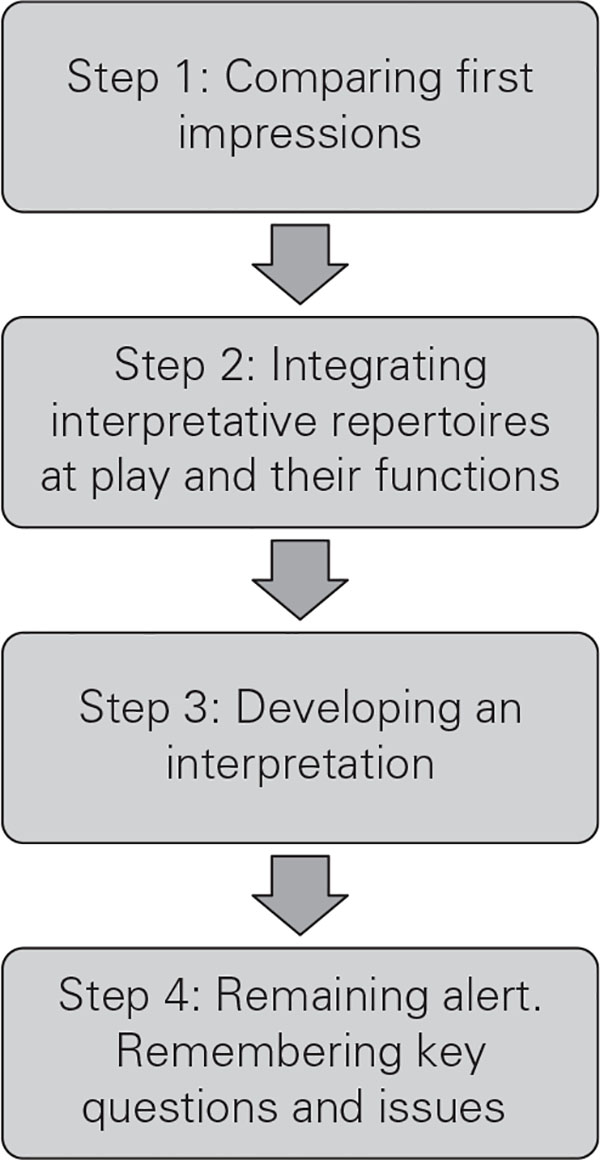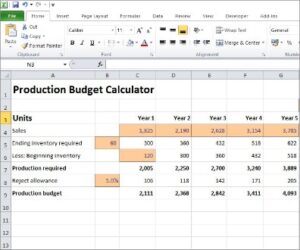
An investigation may determine that the company wrote a check for $20,000, which still needs to clear the bank. In this case, a $20,000 timing difference due to an outstanding check should be noted in the reconciliation. Timing differences occur when the activity that is captured in the general ledger is not present in the supporting data or vice versa due to a difference in the timing in which the transaction is reported. In this section, we look at some examples of accounts reconciliation to understand the scope of work involved in accounts reconciliation and the tools that can help ease the process. These articles and related content is the property of The Sage Group plc or its contractors or its licensors (“Sage”). Please do not copy, reproduce, modify, distribute or disburse without express consent from Sage.These articles and related content is provided as a general guidance for informational purposes only.
Cash equivalents
Integration with accounting software like NetSuite, QuickBooks, Xero, or Sage, especially when paired with Ramp, can be a significant step toward streamlining your financial operations. Thirdly, account reconciliation is vital to ensure the validity and accuracy of financial statements. Individual transactions are the building blocks of debt service coverage ratio financial statements, and it is essential to verify all transactions before relying on them to produce the statements. Account reconciliation is a process that involves identifying discrepancies between business ledgers and outside source documents. Accuracy and strict attention to detail are the fundamental principles of this process.
What makes a good account reconciliation?
Take my word for it, you don’t want to skip this process, even for a single month. Letting the bank reconciliation process slide can result in out-of-balance books, missing payments, unauthorized charges never being discovered, and missing deposits. Learn which general ledger accounts should be reconciled regularly, and key things to look for during the account reconciliation process.
But if you’re processing a lot of transactions, it can be an eye-opening experience to review a comparative trial balance. Some businesses with a high volume or those that work in industries where the risk of fraud is high may reconcile their bank statements more often (sometimes even daily). The documentation review process compares the amount of each transaction with the amount shown as incoming or outgoing in the corresponding account. For example, suppose a responsible individual retains all of their credit card receipts but notices several new charges on the credit card bill that they do not recognize. Perhaps the charges are small, and the person overlooks them thinking that they are lunch expenses. Incorporating these strategies into your reconciliation process not only simplifies the task but also enhances the accuracy and efficiency of your financial management.

For example, when reviewing your trial balance for the current year, you notice that your travel expenses have been averaging $1,500 a month, but in July, travel expenses jumped to $5,000. If you’ve ever been billed for an item you didn’t buy or found yourself with a larger bank balance than you know you should have, you understand the importance of account reconciliation. Reconciling your bank statement can help you avoid bounced checks (or failing to make electronic payments) to partners and suppliers.
Run an updated trial balance
- Reconciling the company’s accounts helps detect fraud and aids in regulatory compliance.
- The reconciliation process includes reconciling your bank account statements, but it also includes a review of other accounts and transactions that need to be completed regularly.
- The correction will appear in the future bank statement, but an adjustment is required in the current period’s bank reconciliation to reconcile the discrepancy.
- The accountant of company ABC reviews the balance sheet and finds that the bookkeeper entered an extra zero at the end of its accounts payable by accident.
- The balances between the two records must agree with each other, and any discrepancies should be explained in the account reconciliation statement.
For example, a company maintains a record of all the receipts for purchases made to make sure that the money incurred is going to the right avenues. When conducting a reconciliation at the end of the month, the accountant noticed that the company was charged ten times for a transaction that was not in the cash book. The accountant contacted the bank to get information on the mysterious transaction. Accuracy and completeness are the two most important things when reconciling accounts, and these are what accounts for effective and proper account reconciliation. Additionally, reconciling q245: what’s the difference between coupons and vouchers accounts on time consistently is also essential to maintaining financial integrity. Remember, maintaining accurate financial records is a significant factor that keeps the wheels of your business turning smoothly.
Banks and retailers can make errors when counting money and issuing cash to customers as change. Variances between expected and actual amounts are called “cash-over-short.” This variance account is kept and reconciled as part of the company’s income statement. While scrutinizing the records, the company finds that the rental expenses for its premises were double-charged. The company lodges a complaint with the landlord and is reimbursed the overcharged amount. In the absence of such a review, the company would’ve lost money due to a double-charge.
Reconciling the company’s accounts helps detect fraud and aids in regulatory compliance. Now that we’ve covered the basics, let’s talk about why account reconciliation matters. Ultimately, regular and efficient account reconciliation contributes significantly to the financial stability and success of a business. Moreover, internal account reconciliation enhances financial transparency and accountability, critical for building trust with stakeholders, whether they are investors, customers, employees, or vendors. It involves reviewing the general ledger to confirm that all entries and balances are correct. This discrepancy could be due to outstanding checks or deposits that the bank hasn’t yet processed.
Accuracy and strict attention to detail are crucial to any account reconciliation process. This is important for ensuring the reliability accept payments with cash app pay of financial reporting in any organization and maintaining the integrity of the process and results. Reconciling your bank statements simply means comparing your internal financial records against the records provided to you by your bank. This process is important because it ensures that you can identify any unusual transactions caused by fraud or accounting errors. As a business, the practice can also help you manage your cash flow and spot any inefficiencies. It is a general practice for businesses to create their balance sheet at the end of the financial year, as it denotes the state of finances for that period.
The first step in bank reconciliation is to compare your business’s record of transactions and balances to your monthly bank statement. Make sure that you verify every transaction individually; if the amounts do not exactly match, those differences will need further investigation. How you choose to perform a bank reconciliation depends on how you track your money.